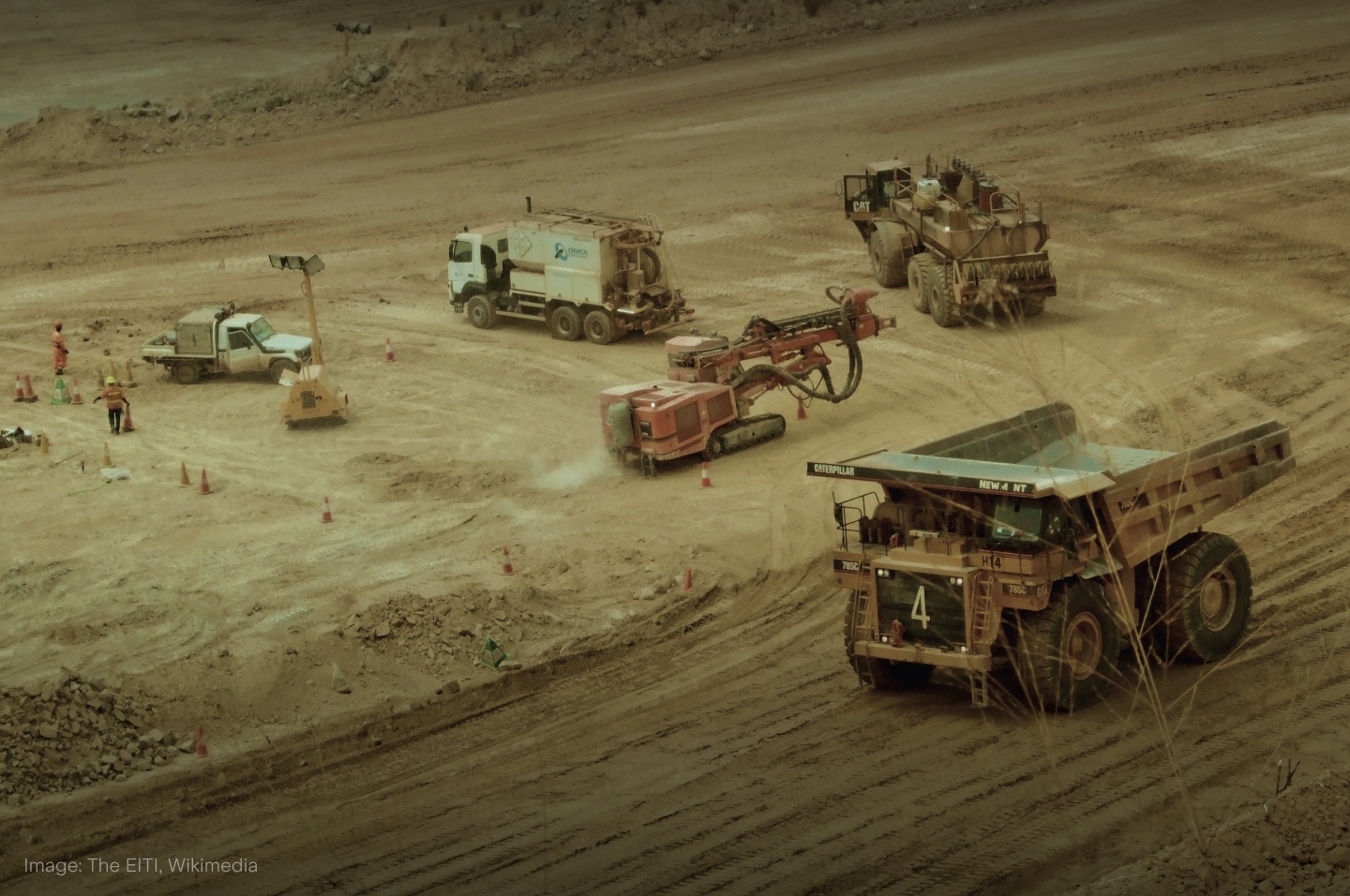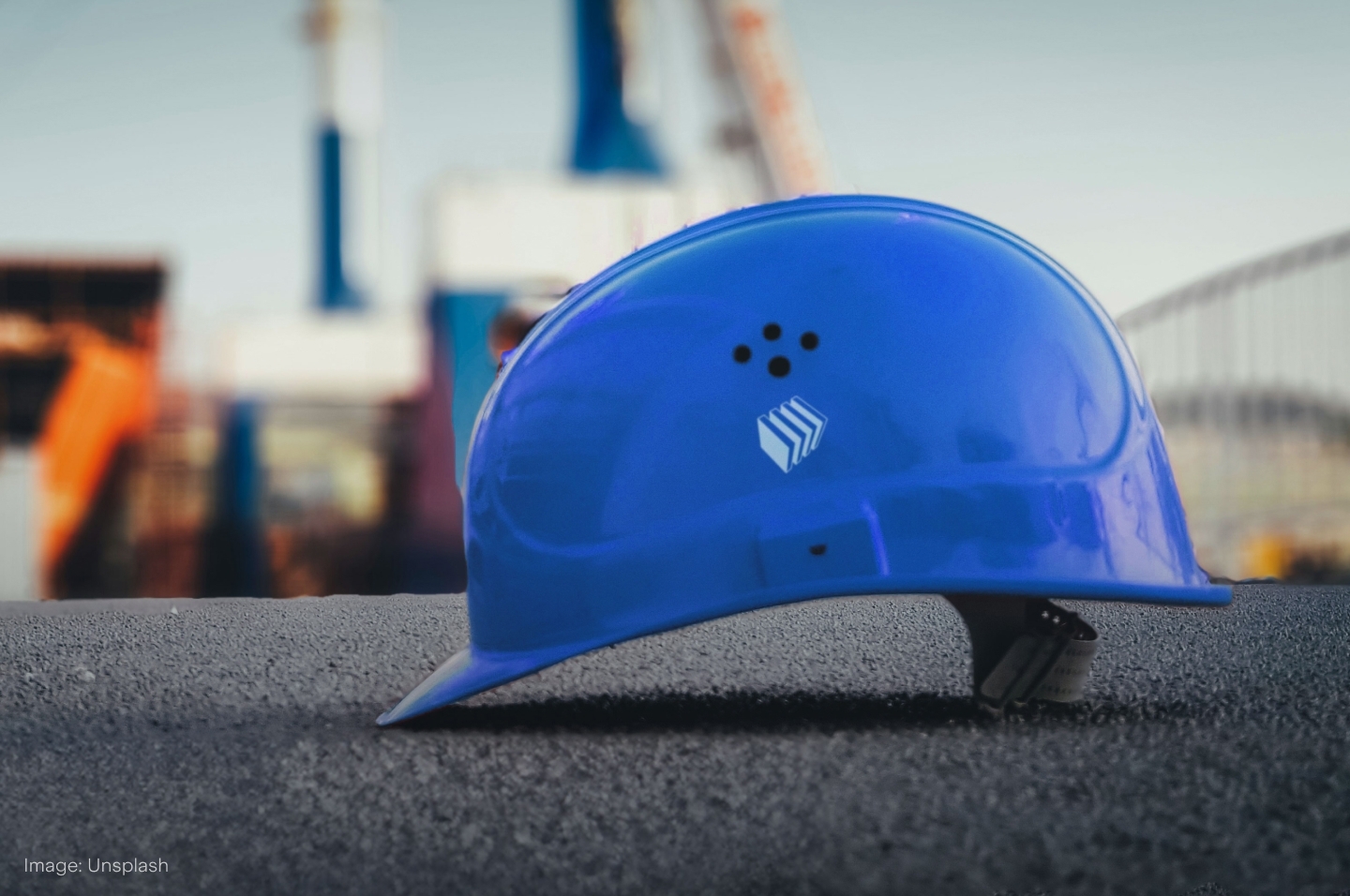
Under the Spotlight AUS: Newmont Corporation (NEM)
Gold often shines as a beacon of safety to investors during uncertain times, but the business of mining the glittering metal is not simple. Global giant Newmont Corporation is working to keep its crown as the world’s largest gold miner. Let’s put it Under the Spotlight.

Gold has traditionally been seen as a store of value. It’s estimated there are about 208,874 tonnes of gold above ground, predominantly in jewellery, bars and coins. Put together, this amount could make up a cube that measures 22 metres on each side. While the yellow metal isn’t actually the rarest element, its reputation has made it the goal and source of fortunes.
Colonel William Boyce Thompson gathered a collection of mining and energy assets in the early twentieth century. In 1921, he decided to create a company to consolidate his significant private holdings. Paying homage to the career opportunities he found in New York and his original home state of Montana, he landed on the name Newmont. The business issued its first public shares in 1925 and has been listed on the New York Stock Exchange since 1940 as $NEM.
Newmont has a history of growing through buying other businesses and is now considered to be the world’s largest gold miner. The Newmont Corporation ($NEM) also listed on the ASX in November 2023 after the takeover of Australian company Newcrest Mining, which was first established as a subsidiary of Newmont itself in 1966. This acquisition adds new resources and a greater potential future supply of metals with projects in Australia, Papua New Guinea and Canada.
Digging deeper
Despite producing multiple metals, the firm’s history has been intertwined with the gold price. The U.S. government’s decision to increase the fixed gold price from US$20.67 to US$35.00 per ounce in 1934 helped Newmont through the Great Depression. This provided an unusual level of stability for a commodity, even as the gold standard fell out of fashion after World War I and many countries no longer fixed the value of their currencies to a specific amount of gold.
Newmont has been involved with copper, lead and zinc mining since the 1930s. The firm also helped to develop new processing methods for nickel and lithium, as well as constructing a large cement plant in 1960 and buying a coal miner in the U.S in 1977. But it was the discovery of gold at the Carlin Trend in Nevada in the early 1960s that made the metal central to the company. The site now hosts the world’s largest gold mining complex, Nevada Gold Mines, in which Newmont has a 38.5% stake in a joint venture with Barrick ($GOLD).
A market with a free floating gold price was set up between 1968 and 1971, with oil crises, stagflation and international conflicts leading to rapid growth in demand for the precious metal. Newmont benefitted from the rising gold price and built up considerable cash reserves. However, these funds were depleted through the 1980s as the firm faced a series of takeover bids and sold off its non-gold projects.
The 1990s saw a gradual return to growth, as the company developed the largest gold mine in South America, Yanacocha in Peru. The firm also returned to higher levels of copper production with the newly acquired Batu Hijau Mine in Indonesia. Other ventures had mixed results, including the business having its assets in Uzbekistan expropriated by the government.
Solid prospects
Newmont became the world’s largest gold producer in 2002 through the acquisitions of Australian miner Normandy Mining and Canadian royalty holder Franco-Nevada ($FNV). This title only lasted until 2006, when Barrick made similar moves of its own to take over the position.
In 2007, Franco-Nevada was spun out in an IPO, with Newmont making the decision to divest its portfolio of royalty assets. Newmont was considering selling assets acquired through Normandy too, but a major gold deposit was discovered and it became the base for its operations in Ghana. A transaction combining Newmont and GoldCorp saw the firm return to the throne in 2019.
Seeking bounty
The gold mining industry is characterised by hundreds of medium and small caps that compete for funding and attention from investors. Among the larger firms, there is a trend of consolidation as they aim to replace declining mineral reserves, to diversify geographically and to establish scale.
Tier one assets are particularly sought after. These are vast mines with long lives and low costs due to economies of scale, while their development is less affected by the general state of the business cycle. Newmont has 10 tier one assets, which account for two thirds of its gold production. About 80% of its gold and copper comes from mines in Australia and the Americas today.
Mines in Australia and Canada are in high demand, as relatively stable political and legal systems can help facilitate more efficient business operations and permit-gaining processes. However, these mines often command a premium price and additional sources of metals are required to uphold future supply levels.
With the demand for copper expected to rise from renewable energy technologies, Newmont is putting emphasis on gaining higher exposure to the metal. However, copper prices have largely stagnated in 2023 as general economic uncertainty overpowered the forecast of future shortages. Newmont is not the only firm following this path to diversification, with ASX gold mining peer Evolution Mining ($EVN) recently taking on 80% ownership in the Northparkes copper-gold project in New South Wales.
Value extraction
With an average cost of producing an ounce of gold across its assets being US$1,400, Newmont’s stock has benefitted from the gold price surging above US$2,000 per ounce in November 2023 due to geopolitical uncertainty and expectations that U.S. interest rates have peaked. However, although gold has a reputation for being a defensive investment, it’s not immune to the price volatility associated with commodities.
The company needs to manage a large number of assets across various jurisdictions. In Q3 2023, labour disputes affected production levels in their Penasquito Mine in Mexico and equipment failures reduced output at Ahafo in Ghana. Newmont also needs to integrate its newly-acquired projects from Newcrest into its portfolio, although some might be offloaded as the firm seeks to recover costs.
Newmont is not exactly the traditional ASX share, rather its holdings are CHESS depository interests (CDIs). This is a type of instrument that allows overseas-listed shares to trade on the ASX, representing ownership of its primary listing, which the business has kept in New York as $NEM. This can affect trading volumes and shifts in the Australian-U.S. dollar exchange rate can result in differences in value between these two options. The firm pays out quarterly dividends, which is a more common practice in the U.S., but franking credits don’t apply in this case.
The company has a tough task ahead to run all its new operations smoothly. And while it’s still early days, only time will tell if Newmont is able to make itself at home on the ASX.
This does not constitute financial advice nor a recommendation to invest in the securities listed. The information presented is intended to be of a factual nature only. Past performance is not a reliable indicator of future performance. As always, do your own research and consider seeking financial, legal and taxation advice before investing.

Megan is a markets analyst at Stake, with 7 years of experience in the world of investing and a Master’s degree in Business and Economics from The University of Sydney Business School. Megan has extensive knowledge of the UK markets, working as an analyst at ARCH Emerging Markets - a UK investment advisory platform focused on private equity. Previously she also worked as an analyst at Australian robo advisor Stockspot, where she researched ASX listed equities and helped construct the company's portfolios.

